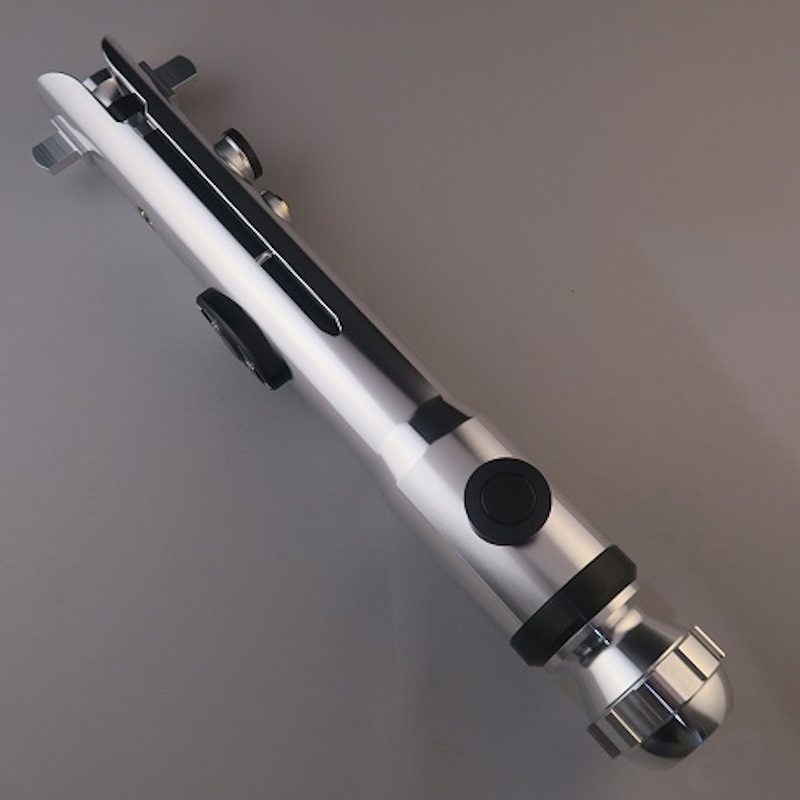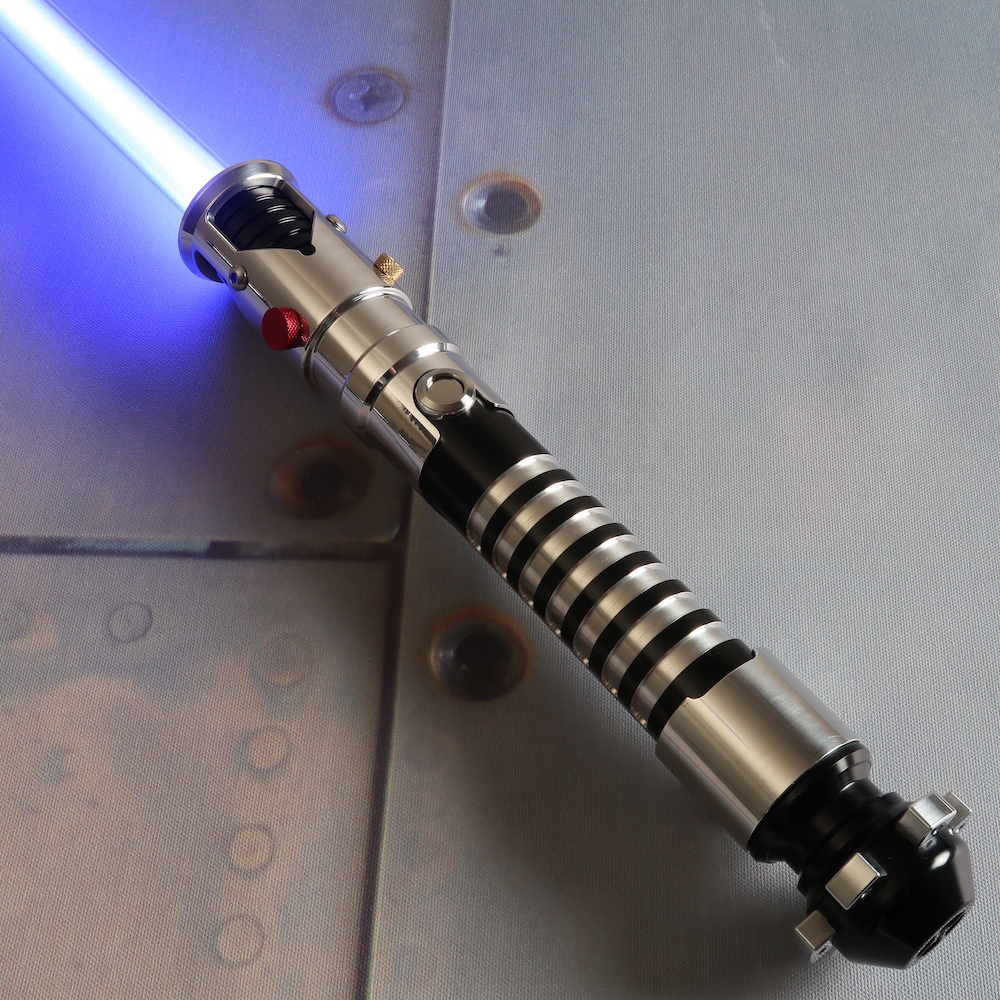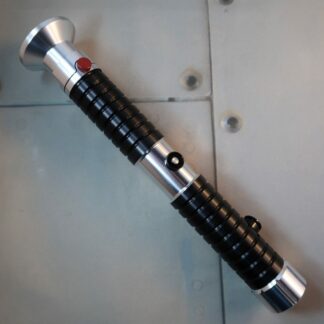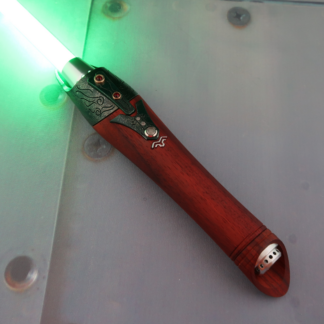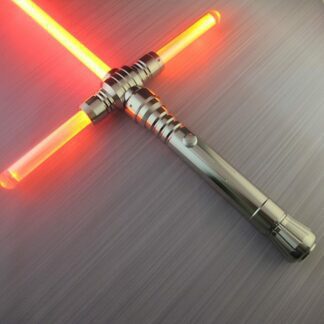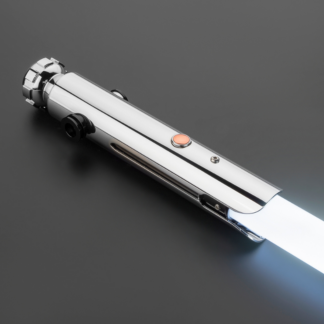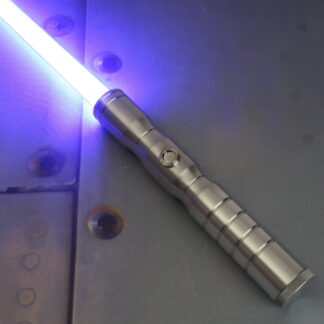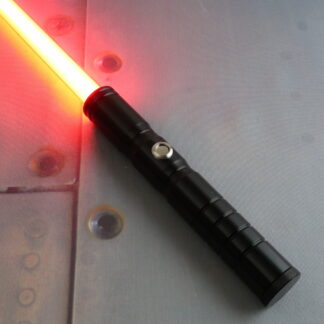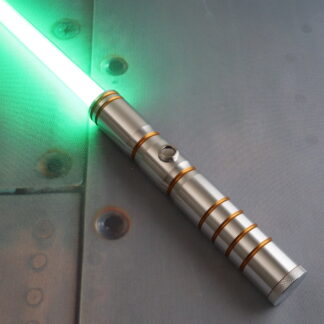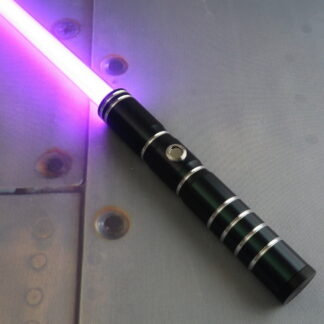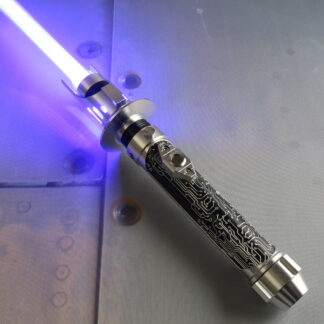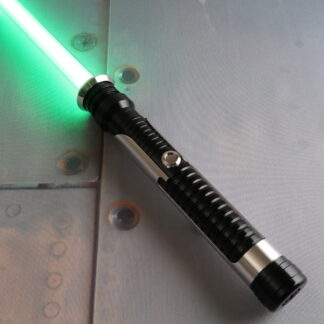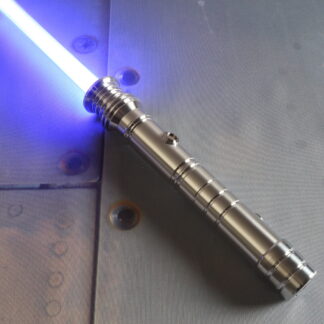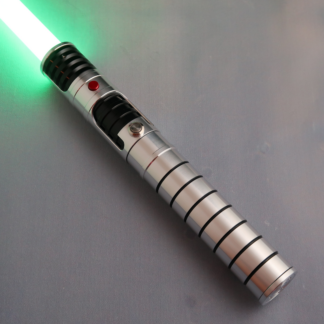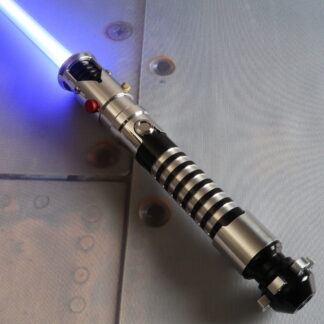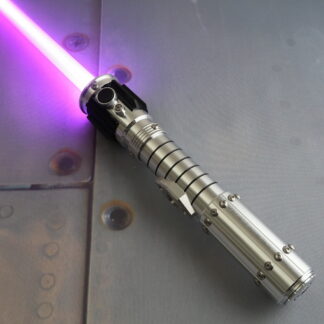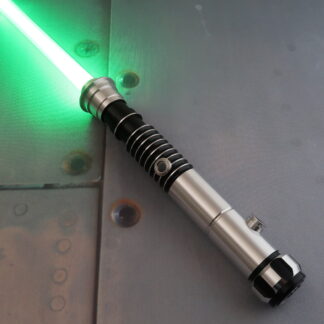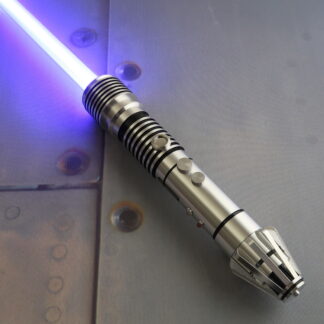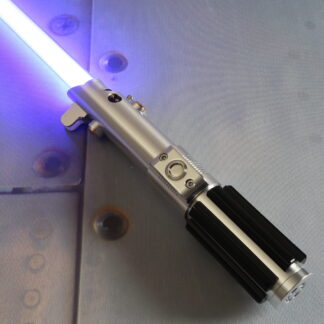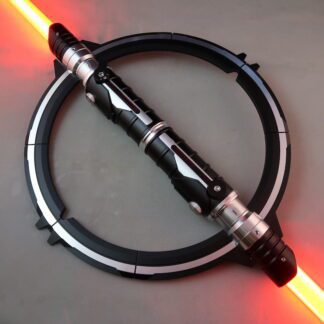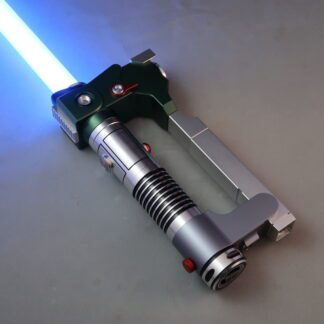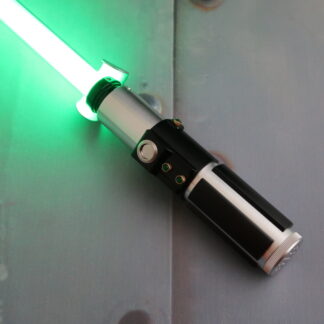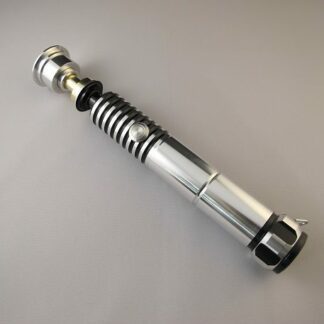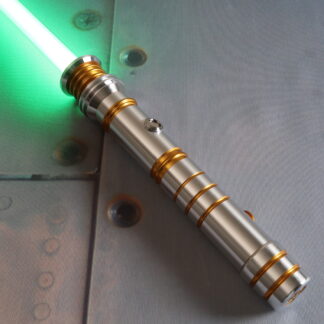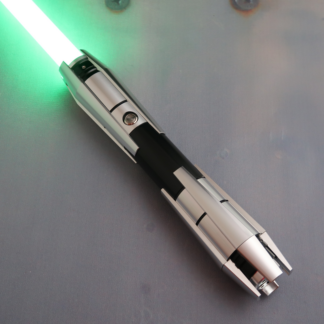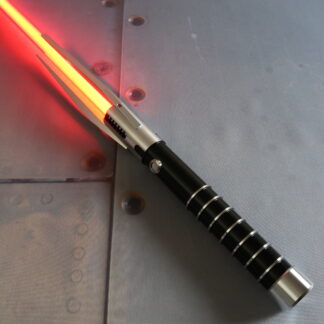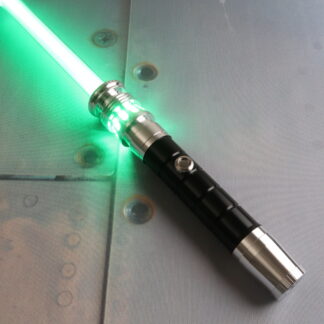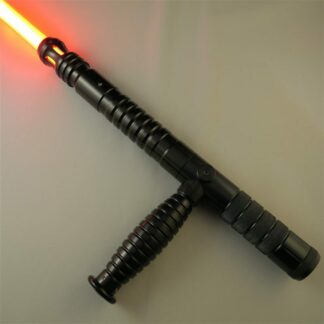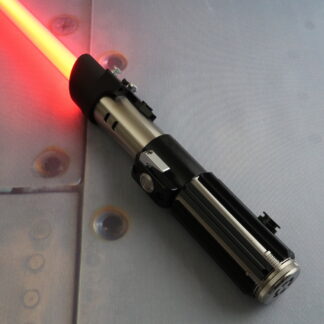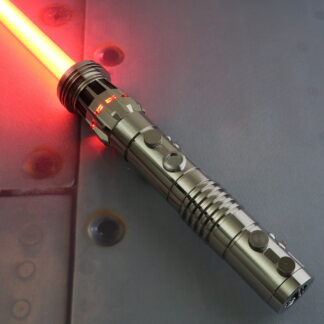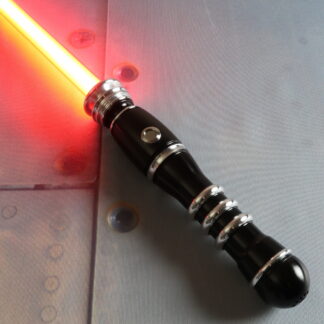What Your Lightsaber Combat Form Says About You
Ever wondered, “What is my lightsaber form?” Or, if you’ve selected the best lightsaber form for your skillset? Perhaps you’re drawn to the precision of Makashi or the raw aggression of Vaapad; every lightsaber form says something unique about your personality and fighting style. So, what lightsaber form are you? This guide explores all seven classic forms of lightsaber combat and details which one may suit you best.
For the general public, lightsaber combat is usually conceived as a matter of swinging around brightly colored futuristic swords that emit THRRMMMM noises. But once you get beyond the early stages of fandom, you begin to learn that this type of combat is a lot more nuanced than it may seem at first glance. In fact, there are no fewer than seven distinct “traditional” fighting forms that use specific maneuvers recognized in the Star Wars universe. If you really want to get the most out of your custom lightsaber, you should learn about the various fighting styles, their stances and movements, and even how philosophy and the Jedi Code are incorporated into mindsets during battles.
Each of the seven forms of lightsaber combat is designed around the unique features of this powerful weapon, such as the weightlessness of the blade and its ability to cut from any direction. Which style do you like best? Let’s explore the specifics of all lightsaber forms below.
Shop Character-Inspired Lightsaber Replicas
Lightsaber Form 1: Shii-Cho
AKA: The Way of Sarlacc & The Determination Form
Shii-Cho is the oldest and most elementary form in lightsaber combat, used as a training tool to prepare Jedi for more advanced saber forms and tactics. It can be traced back thousands of years to the development of the lightsaber, and for that reason, this form borrows from traditional sword-handling techniques. It uses sweeping two-handed strikes and emphasizes disarmament rather than fatal blows. Luke Skywalker uses elements of Form I: Shii-Cho in Star Wars: Episode IV — A New Hope, making it one of the first lightsaber forms introduced on screen.
The Perfect Lightsaber Matches For Shii-Cho
Lightsaber Form 2: Makashi
AKA: The Way of the Ysalamiri & The Contention Form
What is the best lightsaber form? Well, Makashi was invented by the Jedi Order as a defense against members of the Sith Order, who utilized Shii-Cho in lightsaber duels. This Force-focused, elegant, one-handed fighting style, favored by Count Dooku, is noted for its gracefulness, calculated footwork, and precise blade control.
Its fencing-like structure is supported by the signature Makashi stance that aims to conserve energy while outmaneuvering an opponent in head-to-head lightsaber combat. Makashi emphasizes efficiency and finesse over brute strength. It remains closely associated with Count Dooku, though others like Asajj Ventress and Shaak Ti have also employed Form II.
The Perfect Lightsaber Matches For Makashi
Lightsaber Form 3: Soresu
AKA: The Way of the Mynock & The Resilience Form
After the development of blasters, it became necessary to devise an effective defense against these weapons. Often considered the best lightsaber form for defense, Soresu emphasizes tight blade control, minimal movements, and strategic footwork to deflect and dodge blaster fire precisely. This resilience form also excels in close-quarters combat, allowing the practitioner to conserve energy, defend indefinitely, and wait for an ideal opening.
Which lightsaber form are you? Well, if you find yourself drawn to Jedi Master Obi-Wan Kenobi, Form III might be the one. He is the most well-known master of Soresu, relying on its principles in legendary duels against both General Grievous and Anakin Skywalker. So, if you are wondering what your lightsaber form is and you value calm, focus, and adaptability, give Soresu a try.
The Perfect Lightsaber Matches For Soresu
Lightsaber Form 4: Ataru
AKA: The Way of the Hawk-Bat & The Aggression Form
Speed, aggression, and acrobatic movements characterize Ataru. This head-turning lightsaber fighting style relies on powerful strikes and Force-enhanced movements. Known for its visual flair and unrelenting momentum, Form IV excels in open spaces but can be exhausting to sustain. Jedi Master Yoda famously wielded this form in battle. Though risky in confined settings, Ataru may be the best lightsaber form for duelists who favor offense and spectacle.
The Perfect Lightsaber Matches For Ataru
Lightsaber Form 5: Shien / Djem So
AKA: The Way of the Krayt Dragon & The Perseverance Form
When it comes to the more warlike forms, Lightsaber Combat Form V stands out. Shien and Djem So developed fundamentally as a way of turning the highly defense-oriented Soresu into a more offensive style.
Not all lightsaber forms are equal! Shien specializes in techniques for deflecting blaster fire back at an assailant, while Djem So was developed for saber-to-saber duels. This form involves quick, powerful counterattacks against an opponent. Form 5 is a favorite among Jedi who believe that resilience and retaliation are key in forms of lightsaber combat, making it a go-to for adaptable fighters, like famous Ataru wielders, Anakin Skywalker, Luke Skywalker, and Ahsoka Tano.
The Perfect Lightsaber Matches For Shien & Djem So
Lightsaber Form 6: Niman
AKA: The Way of the Rancor, The Moderation Form & The Diplomat’s Form
Niman is a balanced style that blends elements from all five previous forms, making it a favorite for Jedi who value adaptability over specialization. Sometimes associated with dual-wielding or double-bladed lightsaber form fighting, Form VI allows for fluid transitions between offense and defense without relying on raw power or acrobatics.
Niman is often chosen by Jedi Consulars and those who prefer negotiation over combat. Famous users of this form include Jedi Battlemaster Cin Drallig, Anakin Skywalker during transitional combat phases, and Sith Lords, such as Darth Sidious, who used the Dark Side of the Force to wield with deadly precision.
The Perfect Lightsaber Matches For Niman
Lightsaber Form 7: Juyo / Vaapad
AKA: The Way of the Vornskr & The Ferocity Form
What is your lightsaber form of choice? If you consider yourself a follower of the Sith, Form VII could be your selected style. Juyo is the most aggressive and emotionally charged of all lightsaber fighting styles. Wild, furious, and unpredictable, it demands total physical exertion and opens practitioners to the temptation of the Dark Side. It’s one of the most challenging forms to master, especially in its refined variant, Vaapad, created by Mace Windu to harness, rather than suppress, inner darkness.
Due to its high-speed, multi-directional attack flow, the Vaapad/Juyo form is often associated with double-bladed lightsaber forms, famously used by Darth Maul to devastating effects. Both Jedi and Sith tread a dangerous path with Juyo and Vaapad, balancing overwhelming offense with the risk of losing control.
The Perfect Lightsaber Matches For Juyo & Vaapad
Make a Custom Lightsaber & Join The Community
Out of all lightsaber forms we have talked through, you’re in a better position to answer, “What lightsaber form am I?” However, you can’t learn lightsaber combat without the right gear. We’re proud to stock the finest, most durable, coolest lightsaber replicas and related accessories available in the galaxy. Find the perfect lightsaber hilts here and wield your destiny.
Ready to discover your lightsaber form and put your skills to the test? Whether you find yourself drawn to the power of Vaapad or the elegance of Makashi, exploring all lightsaber forms helps you find your ideal match. And be sure you visit SaberForum.com, our official fan hub, and connect with fellow duelists, collectors, and Star Wars enthusiasts. From explaining lightsaber fighting styles to hilt customization for specific characters or forms, Ultrasabers offers everything you need to bring your unique Star Wars form to life.


